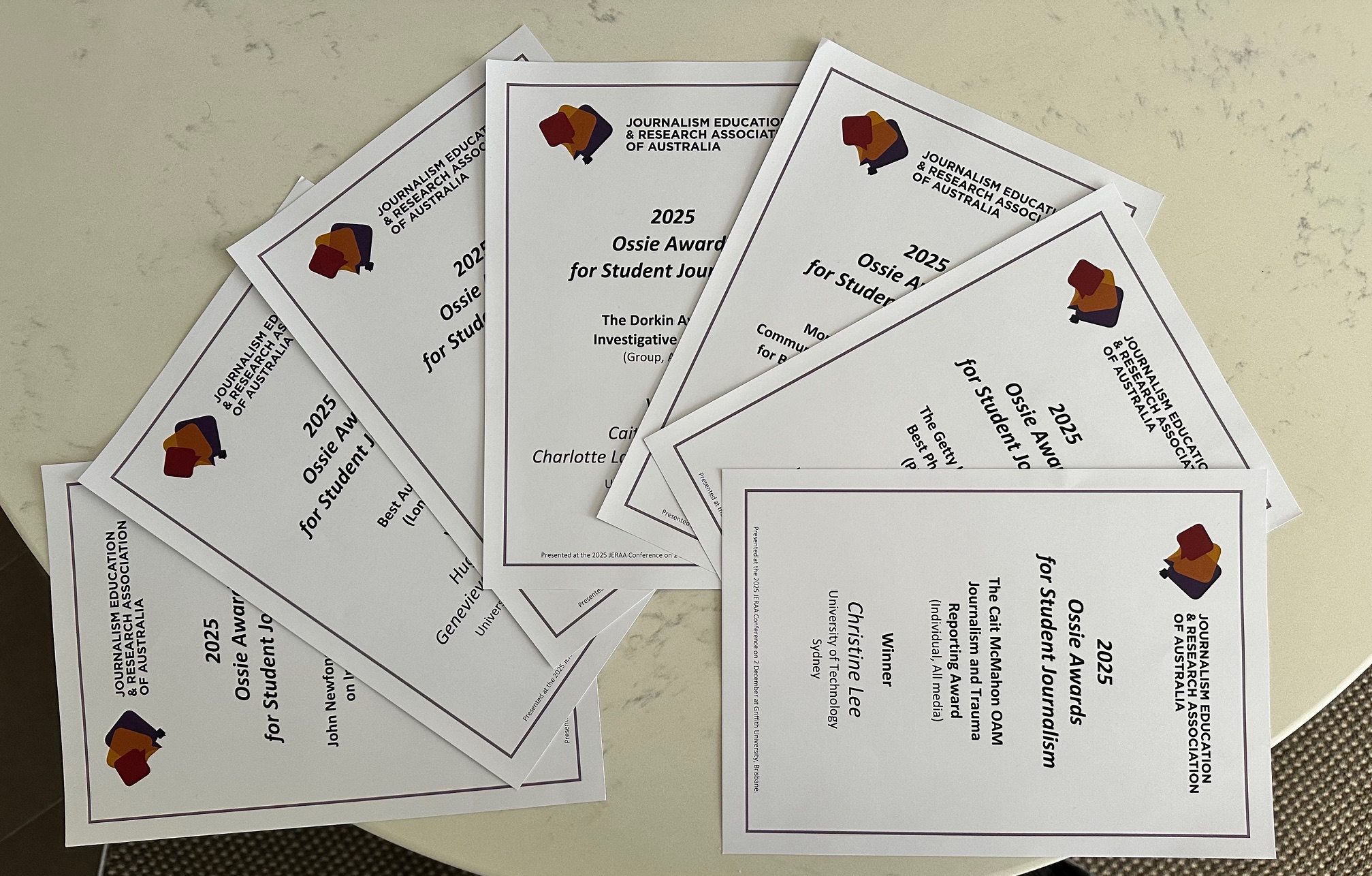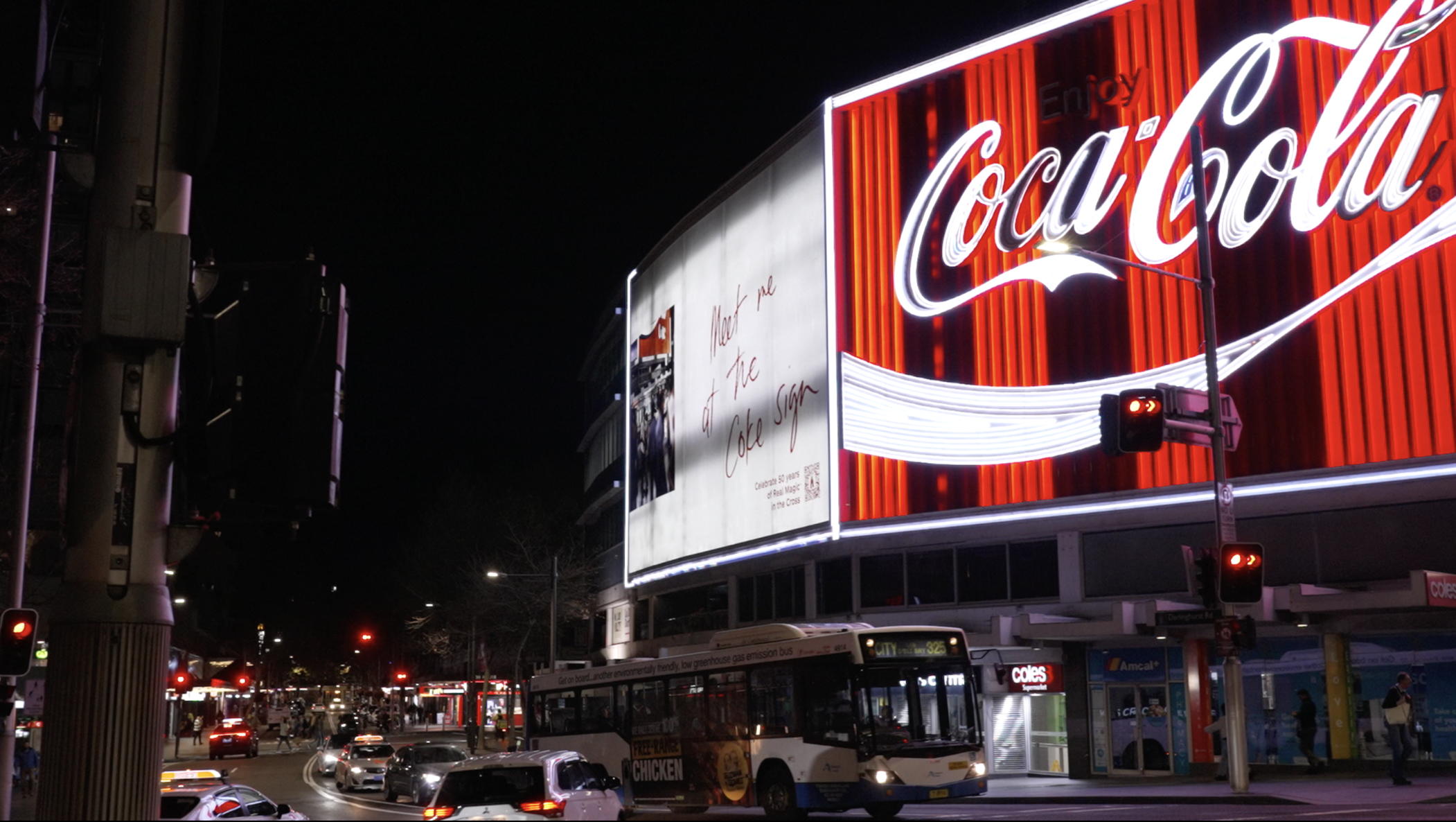Plans to build up to 31,000 new apartments across Sydney’s Inner West won’t make housing more affordable, will continue to price young people out of the area and will lower green space, residents have said ahead of a crucial vote next week.
A record 80 speakers addressed Inner West councillors on Monday night to discuss the ‘Fairer Future Plan’ before the council votes on Tuesday on proposed high-rise buildings of up to 11 storeys in Marrickville, Dulwich Hill, Ashfield and Croydon.
The plan, which includes only 2-5 per cent of affordable housing, is the council’s response to the state government’s Transport Oriented Development (TOD) program, which proposes 7,800 new homes be built in the Inner West along transport corridors by 2029.
Enmore resident Edward Dann, a member of NSW Socialists, joined hundreds outside Ashfield Civic Centre before the forum to protest the plan, concerned it will make living in the Inner West more expensive.
“There’s nothing diverse about only having wealthy people or property investors owning and controlling like all of the available housing,” he said.
Hell, I’m an architect. I do this for a living. It took me four weeks of basically every night combing through the plans and weekends to really get through it. I can’t imagine any normal person would have the time or the expertise to understand the plan.
At 29, he said he has given up on the dream of owning a home in the Inner West.
“Young people are some of the hardest hit by the affordability crisis and the cost of living crisis. It’s very unlikely that I’m ever gonna be able to buy a house or even a flat,” said Dann.
Dulwich Hill resident and architect Eddie Ma said the council has not done enough to listen to young people’s thoughts on the plan.
“This isn’t a plan for them then, because you haven’t actually spoken to them. You’re assuming this plan works for them, and as a young person, speaking up at council, I’m saying it’s not good enough,” he said.
With the Fairer Future Plan spanning across over 1,000 pages of documents, Ma said it was too complicated for ordinary people to understand.
“Hell, I’m an architect. I do this for a living. It took me four weeks of basically every night combing through the plans and weekends to really get through it. I can’t imagine any normal person would have the time or the expertise to understand the plan.”
Ma said he is pushing for more participatory planning, such as meeting young people in places like pubs to consult with them.
“It could be as simple as hosting a town hall or going to where young people hang out, even at the Vic or something, and just sending someone out there with the plans to say, ‘hey, what do you think about this?’”

Architect Eddie Ma struggled to understand the Fairer Future Plan despite his expertise. Photo: Caitlin Maloney.
Sydney dwelling values are at a record high, having risen by 2.1 per cent over the last 12 months, while rental prices have risen by 3.1 per cent.
Dann said building more houses will not help lower property prices, calling for the entire plan to be rewritten with the inclusion of more affordable housing.
“It doesn’t actually target the dynamics of the market. In fact it just enables the market to operate more effectively. So it’s actually gonna screw young people.”
[We] know our generation, we are not thriving in the city. And that’s not because we don’t have high density housing… The issue is housing prices, and until the housing prices actually fall, nothing is going to stop young people from leaving.
People under 30 make up 34.3 per cent of the Inner West’s population, yet of the 3,146 submissions on the Fairer Future Plan, young people provided less than 8 per cent of responses.
A record number of young people addressed the council at the forum, which Inner West Mayor Darcy Byrne said was “inspiring”.
“For too long the voices of younger citizens have been ignored in the housing debate and that has resulted in a whole generation of Australians being locked out of home ownership. This must end,” Byrne said in a statement.
Emily Lockwood and her partner Justin Simon, founder of Sydney YIMBY, attended the forum with their two children, thought the plan would help future generations.
“We have a nine-year-old, and so she’s as old as the Inner West Council. Where is she going to live when she can move out of home, or will she be able to move out of home?” she said.
“We speak to a lot of uni students who, they’re doing really big commutes, so they’re living in pretty dire share houses, because that’s the scraps that they’re having to accept.
“And we shouldn’t be proud of having mould-filled places and having that be the Inner West experience, of sharehouses and these old places. We can really accept and do a lot better for our people.”
According to Ma, the plan will not stop young people from leaving Sydney, as many young families are more likely to purchase a home outside of the city than an Inner West apartment.
“[We] know our generation, we are not thriving in the city. And that’s not because we don’t have high density housing… The issue is housing prices, and until the housing prices actually fall, nothing is going to stop young people from leaving.”
He believes the plan’s target of 2-5 per cent affordable housing is not good enough, even if the state government’s TOD plan only called for 2 per cent.
“We need a higher affordable housing contribution rate, because I know even if you upzone and deliver new apartments, none of those new apartments will be affordable,” he said.
Ma cited City of Sydney Council’s proposed plan as an example, where if a developer submits a private planning proposal that goes above what is in the planning controls, a 20 per cent rate could be charged for affordable housing on top of the mandatory 3 per cent for all developments.
Byrne told the forum audience the Inner West Council had looked at City of Sydney’s plan “very closely”, after speakers mentioned it in their addresses.
He noted that Inner West Council is the only council with plans to convert carparks into public housing and to require faith-based charities to provide 30 per cent not-for-profit housing if they convert their land to housing.
“All of us believe strongly in the need for affordable housing and the plans that are being put forward are being, in my view, too narrowly interpreted or perhaps misrepresented,” said Byrne.
Byrne did not respond to a request for additional comment.
Lockwood argued the issue of affordable housing could be solved by increasing building density and heights.
“Going higher can make affordable housing stack up better,” she said.
“We have a lot of members who would love to live in the Inner West, or they previously have, and they’ve been pushed out of the area. So it does affect us all. It’s not just about one person’s backyard.”
While the Fairer Future Plan has allotted space for new or extended open space, such as the expansion of McNeilly Park in Marrickville, there has been no allocation for additional sporting fields.
The plan also includes a number of “key sites” to be converted to open spaces and public plazas in conjunction with increased density.

Calvert Street Carpark, Marrickville is a “key site” in the plan, with a proposed public plaza to be created. Photo: Caitlin Maloney.
Dann said he was concerned about the already low ratio of greenspace in the Inner West, which has the second lowest amount of per-capita greenspace in Greater Sydney.
“People’s quality of life is poorer here because they don’t have access to natural amenities. That’s a very decent and fair thing to expect,” he said.
“Massively increasing the population and only having the optional choice for developers to create green space is not going to lead to a better place to live.”
However, Lockwood said she often spends time in green spaces with her family that are largely empty, but still expressed support for the conversion of Seaview Street and Calvert Street carparks in Dulwich Hill and Marrickville into public plazas.
“So we’re hearing there’s not enough, but we’re not using them in the way that people think they necessarily would be used,” she said.
“So it’s more about the positioning of them and having access to them rather than exactly an amount.”
Main image of Edward Dann by Caitlin Maloney.




























